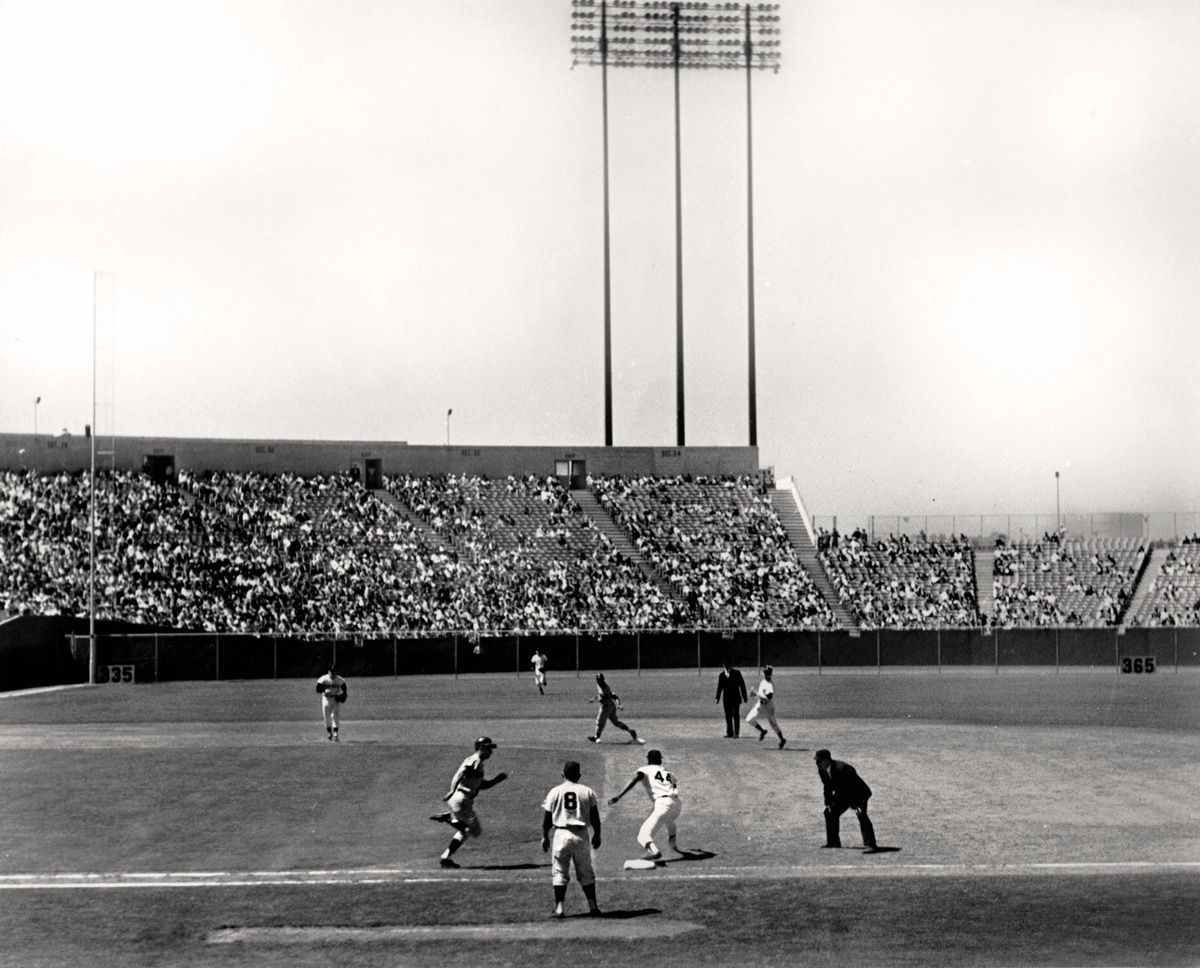When the New York Giants went west during the 1957-58 offseason, my Long Islander father went contrary to Tony Bennett and relocated his heart to San Francisco. The Giants lost the World Series to the Yankees in ’62, invariably finished second through the rest of the decade, spun their wheels in the ’70s, found fleeting fortune in 1987 and 1989, became bolstered by Barry Bonds in the late ’90s and early ’00s… and now, unexpectedly, are two-time World Series champions in search of a third ring.
These, I tell my father, are the best years in the history of the San Francisco Giants. He smiles from ear to ear, beaming through his full beard.
It’s true. The only prior titles for the franchise came in New York, achieved in 1905, 1921-1922, 1933, and 1954’s surprising sweep of Cleveland.
The St. Louis Cardinals, San Francisco’s NLCS foe, have balanced things out slightly better for their fans, spreading out their glory on a near-generational basis: In 1926, with Babe Ruth caught stealing to end the Series; in 1931, and ’34 behind Dizzy Dean, Pepper Martin, and the Gashouse Gang; in 1942, 1944, and 1946, before a war-torn populace; in 1964 and 1967, thanks to Bob Gibson’s powerful arm; in 1982, the seven-game Suds Series against Milwaukee; and now in 2006 and 2011, with a World Series defeat at the hands of Boston a season ago.
Baseball is an intergenerational sport. You don’t need to watch the final scene of Field of Dreams to recognize this. We may hear about how baseball’s demographics are aging, and we may agree with John Thorn’s quote to Moment Magazine (“To me, the golden age of baseball is whenever you were 12 years old”), and we can put them together. Baseball captures both the young and the old, and brings us all to the game, to the television, to our radio, whether through a 20-year tradition of success or long-awaited triumph.
The American League competitors, Baltimore and Kansas City, personify the latter.
The best years in the history of the Baltimore Orioles were from 1966-1983, nearly all of those years managed by Earl Weaver. The O’s won the American League East five times between 1969 and 1974, winning over 100 games during the first three years of that stretch and visiting the World Series each season. The last gasp was 1983, led by the 1-2 combo of Eddie Murray and 22-year-old MVP Cal Ripken, Jr. past the Philadelphia Phillies in a five-game Series.
In the next 30 seasons, entering this year, the Orioles earned a trip to the playoffs exactly three times. The first two were heart-ripping ALCS defeats in 1996 and 1997; the third was two years ago, foreshadowing this season’s success. Aside from these campaigns, Baltimore finished beneath .500 in 20 separate seasons — 14 consecutive between 1998 and 2011.
The Kansas City Royals received their current franchise in 1969, found a winning team within three years, made the playoffs five times between 1976 and 1981, and won their first World Championship in 1985 in an emotional seven-game series, against the Cardinals, no less. In all, 1985 was the very best year in history to be a Kansas City Royals fan.
That, 29 years ago, was the last that postseason baseball had seen of Kansas City until this year. It was a drought older than starting catcher Sal Perez, first baseman Eric Hosmer, shortstop Alcides Escobar, third baseman Mike Moustakas, center fielder Lorenzo Cain, designated hitter Billy Butler, starters Yordano Ventura and Danny Duffy, and key relievers Greg Holland and Wade Davis. All of whom will be experiencing their first World Series next week.
In general, October is a terrific time to be a baseball fan. (During the drama of this current postseason, starting from the very first wild card game, it’s been a heck of a time to be a fan.) For a 12-year-old in San Francisco, or in St. Louis, or Kansas City, these are golden evenings…and for those generations that remember their favorite franchise’s past, it means all the more.
Picture of Candlestick Park, 1965, by Dave Glass, via Wikimedia.

